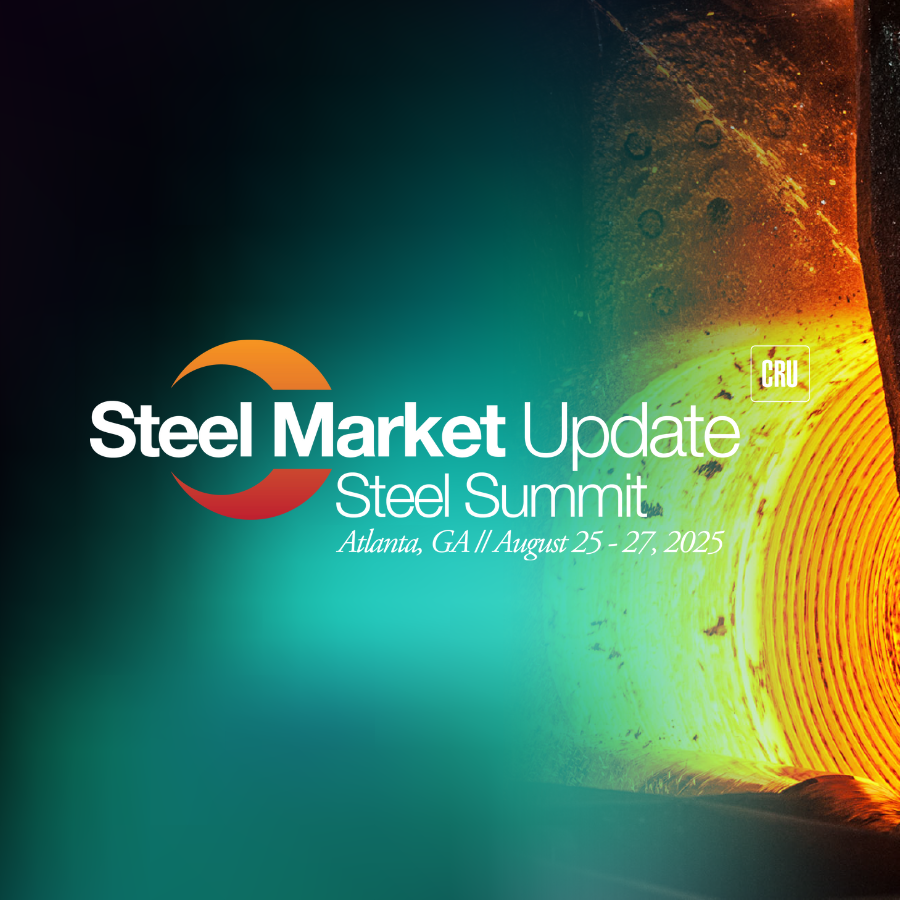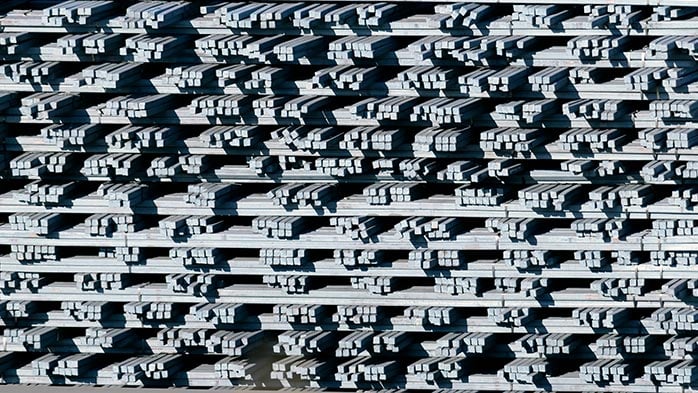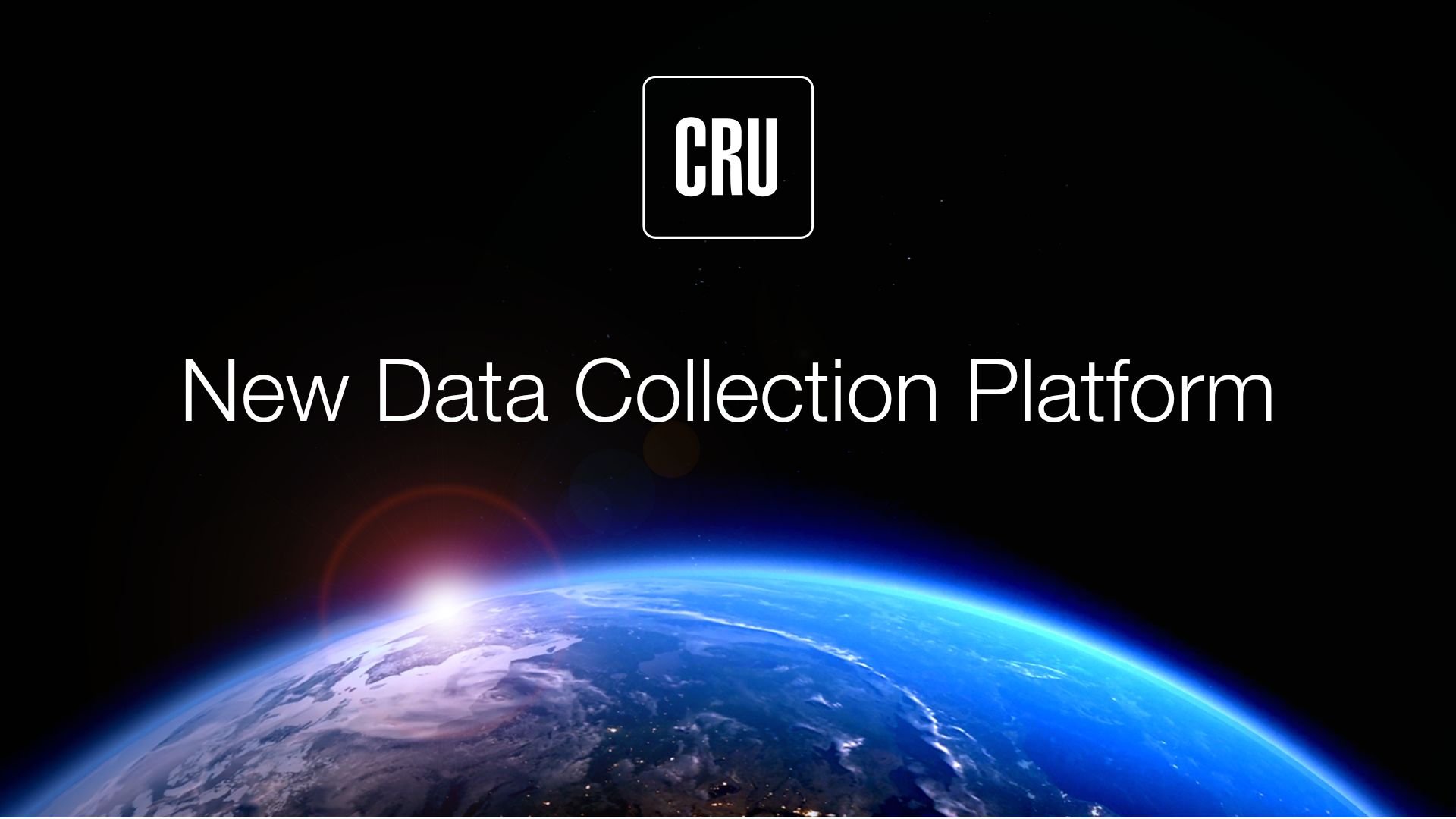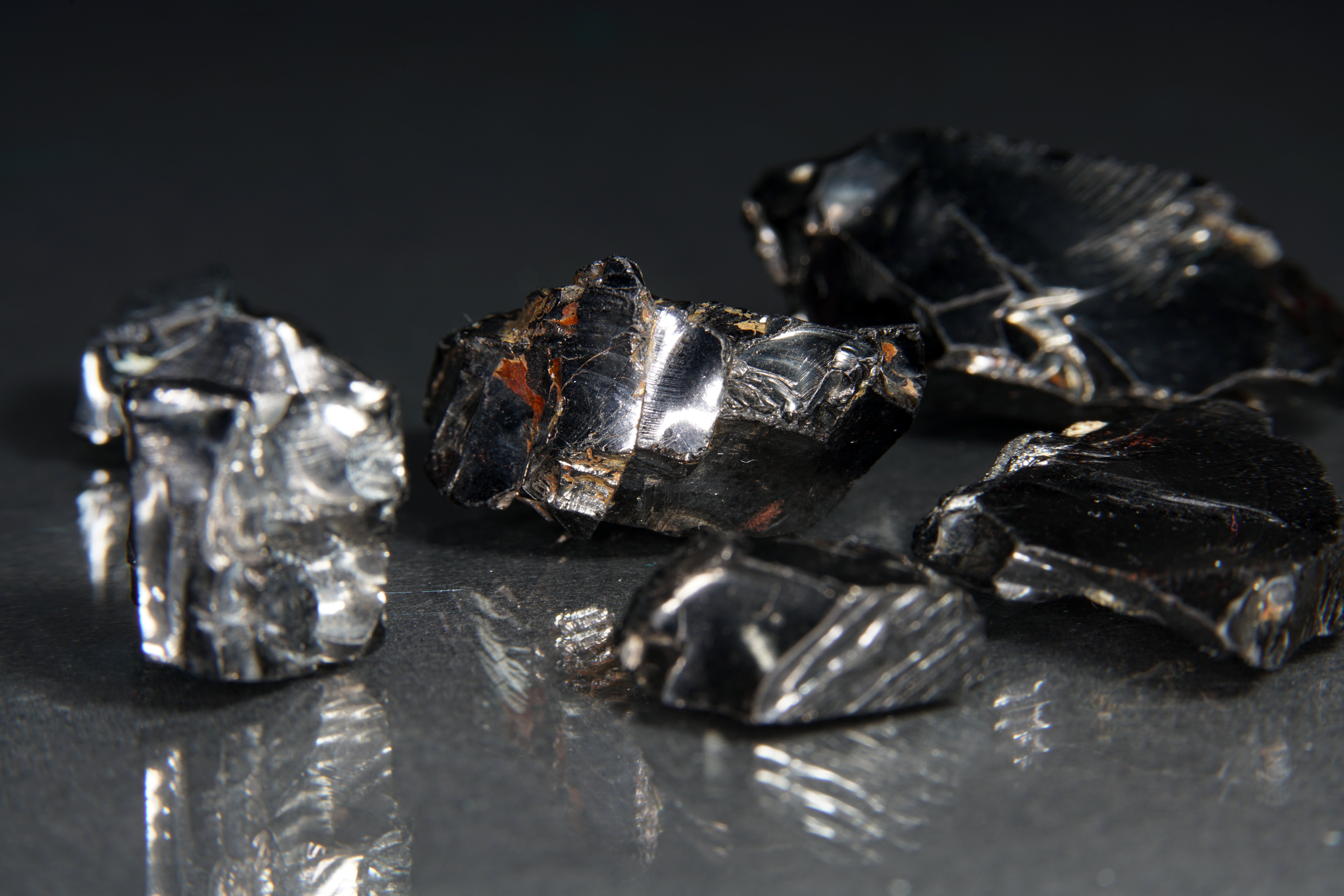The European Commission (EC) has proposed the form and extent of its final safeguard measures, though they remain subject to possible change prior to implementation. Here we outline the structure of what is currently proposed and consider what it might mean from several perspectives.
Europe proposes its final steel safeguard measures
At the end of last week, the EC officially notified the WTO of its intention to impose final safeguard measures on steel imports, and of the proposed form of those measures. The official release can be found here.
Quota structure to be more complex
All steel products subject to provisional measures would be subject to the final measures. They take the form of a set of tariff-rate quotas, similarly to the provisional measures, based on the average volume of imports over 2015-17 plus 5%. Once the quota is exceeded, further material can be imported but a tariff of 25% will apply. In the event that antidumping measures already exist for certain products and countries, only the higher rate will be paid.
The quotas will run for three specified time periods. The first period will run from 2 February until 30 June this year and be followed by two annual periods ending 30 June 2020 and 2021. The available quota volume will increase by 5% each period.
The quota for HR coil is global, while the quotas for all other products are set on a country-by-country and product-by-product basis for selected large exporting countries. These country-specific quotas apply for the entire specified time periods.
All other countries are assigned to a product specific, “residual quota” pool. In contrast to the country specific quotas, this residual quota is divided into four equal calendar quarters - so the first quarterly quota will end on 31 March this year and be pro-rated accordingly. Unused quota volume can be rolled forward to the following quarter. If volume remains in this residual quota then in the last quarter of each tariff period (i.e. during calendar Q2 of each year), the exporters with their country specific quotas can also access the remaining residual quota should they have exhausted their own.
CRU understands that it is possible that any unused quota from the provisional safeguard period will be rolled forward into the final safeguards. The mechanism for this remains unclear since the provisional quotas did not contain per-country elements.
Self-proclaimed World Trade Organisation “developing countries” with an import share less than 3% during the reference period of 2015-17 for a specific product are exempt from the quotas for that product.
What do they mean?
Understanding and implications will evolve over time but our thinking regarding impacts is currently structured into the following areas:
1. Sufficiency of quotas
Import flows into the EU have been changing in recent years for at least some products and basing quotas on the 2015-17 average does not necessarily ensure that the most recent patterns and run rates can be preserved. That situation appears to be variable by product group as follows:
1.1 Carbon sheet
Import volumes were high during 2018; in total up by around 10% versus 2017. This may reflect front-loading ahead of safeguard measures, redirection from the USA, strong demand within Europe or other factors. Either way it means that for most sheet products the quotas imply a reduction in tariff-free import supply versus 2018. Some individually-specified countries also end up with this problem because their import volumes increased materially over the period 2015-17, such that the three-year average is lower than the more recent reality.
Given that 2018 imports were high the question of whether the quotas are sufficient does depend on what historical period is used for comparison. For example, the quota for HR coil looks ample versus actual imports over H2 2017-H1 2018, because volumes were low in H2 2017.
It is also worth noting that the provisional quotas have remained far from exhausted for carbon sheet products. This may therefore suggest that import arrivals during the majority of 2018 were at unusually elevated levels and this is not necessarily the “new normal.”
We have so far been unable to re-create the trade history apparently used by the EC in its quota calculation for metallic coated sheet. However, this product does look to be notably short versus actual import volumes in both 2017 and 2018. The annualised total proposed quota for the first period is 4.1Mt, while actual arrivals of galvanised sheet according to Eurofer data totalled just over 5Mt in 2017 and 4.2Mt in the first ten months of 2018. Galvanised imports increased hugely during the reference period of 2015-17, driven in significant part by China. Non-automotive Chinese HDG is now blocked by an AD duty of 17.2%, but the effect of that surge registers in the quota because 2015 pre-dates it, yet is within the reference period.
1.2 Plate
Import volumes have been declining into the EU since 2016 as Chinese volumes, curbed by high AD duties, have not been fully replaced by other non-EU sources. This means the 2015-17 average, on which the quota is determined, is high versus the recent run rate. The quota thus looks sufficient overall to maintain recent patterns of import supply. We note however that for both India and South Korea the actual import rate during H1 2018 was higher than the quota, meaning that these countries will be required to reduce from their recent rates.
1.3 Carbon longs
2018 has been an exceptionally strong year for imports into the EU. Turkey and Russia played a pivotal role, with competitively priced steel products being sold into the EU at far greater volumes than previously. This first proved to be an issue for the provisional safeguard measures, as the quota volume available – based on 2015-2017 volumes – proved to not be enough to last the entire period which they covered for rebar and wire rod.
The final safeguard measures take a similar approach in setting the quota volumes, and as such it is likely that imports will be heavily restricted again. The per-country quotas for Turkey and Russia add an additional complication, as where the previous, global quotas meant that these countries could import more if their material arrived first, now they will need to stay mostly within their allocation. In the case of the provisional quotas, those for wire rod and rebar were filled with 15% of the quota time remaining. As the provisional measures only ran for 200 days this meant a month of restricted imports – if a similar drawdown is assumed over a full 365-day period however, this would be closer to two. Should the source of imports not meet the EC’s expectations, some country quotas may empty even more quickly than this.
The one grace that these bigger trade partners have is that they will have access to the residual quotas for the last quarter of each period. This effectively means that their individual country quotas only need to last for three quarters, if there are enough residual quotas for them to then take advantage of.
Despite this, the carbon long product category is very likely to be a pinch point over the next few years.
1.4 Stainless
Triggered by cost-competitive imports, European stainless prices started weakening from summer 2018 and hit a two-year low in December. The looser-than-expected provisional safeguard measures did not help to balance the market. In order to maintain market share, European producers slashed prices and chased orders to keep utilisation rates high. While the market was oversupplied with both European and Asian materials, demand was also subdued from end-users and traders due to uncertainty around the final safeguards.
CRU believes the proposed version of final safeguards would be restrictive enough to support a price recovery in Q2 this year, but not immediately. Prices continued to fall in January, and some traders and producers are still destocking while digesting the safeguards document. We do not expect a meaningful price increase in February, especially since alloy surcharges (the raw material costs of making stainless steel, mostly chrome and nickel prices) show no sign of rising. However, improvements in market conditions are likely to occur after Q1.
Although the final safeguard measures take a similar form to the provisional ones, the lack of a blocking period and restrictive quotas for some major exporters would make a difference. Most imports of stainless material come from Asia, which take at least three months to arrive in Europe. At the start of the provisional safeguard period in August and September, material that was on the water before the announcement on 19 July 2018 was allowed to enter the EU without counting toward the quota. Hence, the provisional quota for stainless were filled rather slowly at the beginning and there is ample quota left unfilled today. However, the quotas for cold-rolled stainless for the first specified period in the final measure (February 2019 and June 2019) are 32% lower than the imports brought into the EU in same period in 2018. In addition, materials from Taiwan and Malaysia would need to be cut back rapidly. These two countries have become the key sources of cheap commodity grade materials since 2017.
Nevertheless, there are downside risks for prices in the near term. As stated earlier, CRU understands that it is likely that any unfilled provisional quota will be rolled into the final quotas. For stainless this could add 100-150 kt for CR flat products and 70 kt for HR flat products.
2. Impact of exempt origins
In the WTO context a developing country is self-declared, i.e. if a country says it is developing then it is classified as such. Hence China, one of the world’s largest economies, is a developing country. The proposed safeguard system will not exempt all products from all developing countries and there is a list of which product-origin combinations are subject to the measures contained in the WTO filing. China is on that list for several products, as is India, for example.
Nevertheless, there may be some exempt individual developing countries that are or could be significant steel suppliers in the event that they remain outside the safeguard scope regardless of whether they start to supply more than 3% of total imports. One such is Indonesia, which has become a major low-cost stainless producer over the past two years. Its melting capacity and cold-rolling capacity will reach 3.5 Mt and 350 Kt respectively by end of this year. A significant pick up of cheap Indonesian exports poses a downside risk for price recovery this year.
Most exempt origins are small potential suppliers. There are some examples of countries with significant installed local capacity that are exempt. Taking HDG as an example these include Thailand, Mexico, Brazil and Indonesia, where there is collectively 14.6Mt of local capacity. The EU would need to offer a price sufficient to attract supply out of these markets but in principle it could be made available.
3. Impact on domestic EU supply
In the USA there have been significant changes to domestic supply that coincide with the recent period of protectionism. These measures include various antidumping and antisubsidy measures as well as the blanket application of Section 232 (S232). Other measures have been taken in the US economy that aim to promote industrial investment and growth. In the first instance domestic steelmaking output and utilisation has increased. Mills have re-opened idled assets and begun investing in additional capacity. Nucor’s announcement this week of a more than $1bn investment in a greenfield plate mill is one such example; there are others.
Could the same happen in Europe? We think yes, but also that this may be less-pronounced than in the USA, partly because the trade barriers around Europe are lower than they are in America. Particularly regarding the safeguards, tariffs will only apply once quotas have been exhausted, whereas S232 applies to every tonne of steel arriving outside otherwise bilaterally-agreed quotas. Many of Europe’s AD barriers are also lower than is the case in the USA, albeit that they are still in the main high enough to be effective in changing importing behaviour.
The USA has long been a structural net importer, located geographically remote to global markets, Europe is not in quite the same geographical position, though the EU has recently moved into net importer status, led by sheet products, and in large part reflecting lower output at Ilva (see also a recent Insight piece here). There are already several moves to invest in EU capacity, though none is explicitly linked to the safeguards or other protectionist measures. Most obviously ArcelorMittal intends to ramp up output in Italy. Several mills have announced investments in new HDG capacity, including Salzgitter, ArcelorMittal and thyssenkrupp. And Liberty House is likely to seek higher output at the suite of assets it has recently acquired.
4. Behavioural response to the system
Importing behaviour might change as a result of the proposed system due to its highly structured nature. Understanding of this will almost certainly develop over time. Here are some early thoughts:
- Buying from countries with specific quotas may be preferentially weighted towards securing arrivals in the early part of the quota period. If a country’s quota is exhausted, then it is not until calendar Q2 that additional tariff-free quota may open up – and even then, there is the risk that no such residual quota ultimately becomes available. Therefore, an arrival early in the quota period seems the lowest risk. Allowing for typical European holidays in August the ideal arrival month would probably be September, when the market is back at work, but the quota is likely to still be far from exhaustion. That would also allow a degree of destocking ahead of year-end. However, importers may be willing to accept higher inventory levels at year end if the alternative is risk of a 25% tariff. To which end it is possible that year end destocking could be less-pronounced. Ultimately, there may be tension between the seasonally strong period of demand in Q2 and the opening of the residual quotas to all other countries in the same quarter.
- Buying into the residual quota (or any HR coil) may be less subject to such a dynamic if the quotas are smoothed into calendar quarters, though arrivals in month 1 are still likely to be the most desirable. Arrivals in months 2 or 3 may drive demand for bonded storage space in the EU. This is finite though probably low cost versus the alternative of paying 25% tariffs. Additional bonded storage capacity may not be readily created if the process to do so is onerous or risky. For example, CRU understands that doing this would necessitate the warehouse owner securing bank guarantees for the potential 25% tariff liability on stock held, which may be prohibitive.
- Weighting arrivals towards the early part of a quota period may also be attractive because once a quota is 90%-filled the EC begins to collect a cash deposit equal to the tariff liability, refundable in the event that the arrivals are ultimately within quota. Hence there is a negative working capital implication.
- Buying from proximate locations is likely to be more attractive versus remote ones whose delivery times are longer less predictable.. This is generally already the case but may become incrementally more pronounced.
















